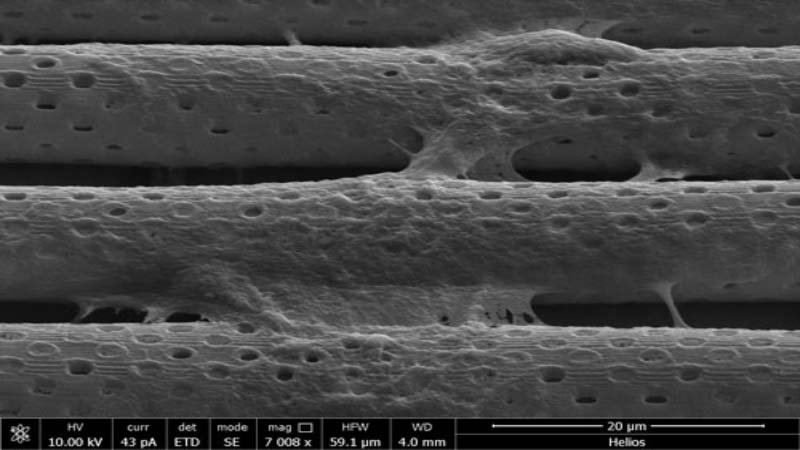
Blood Brain Barrier (BBB) is a semi-permeable that protects brain from direct contact with damaging entities in body. Until now, animals have been used to test drugs that cross BBB, but now researchers are capable of reproducing the microcapillaries of neurovascular system on 1:1 scale using 3D Printing technology. Carried out by Gianni Ciofani, Associate Professor at Polytechnic University of Torino, the mimicked BBB is important for developing pharmaceuticals that can cross boundary as there currently exist drug compounds that demonstrate great potential for addressing brain diseases such as Alzheimer’s, Parkinson’s and ALS.